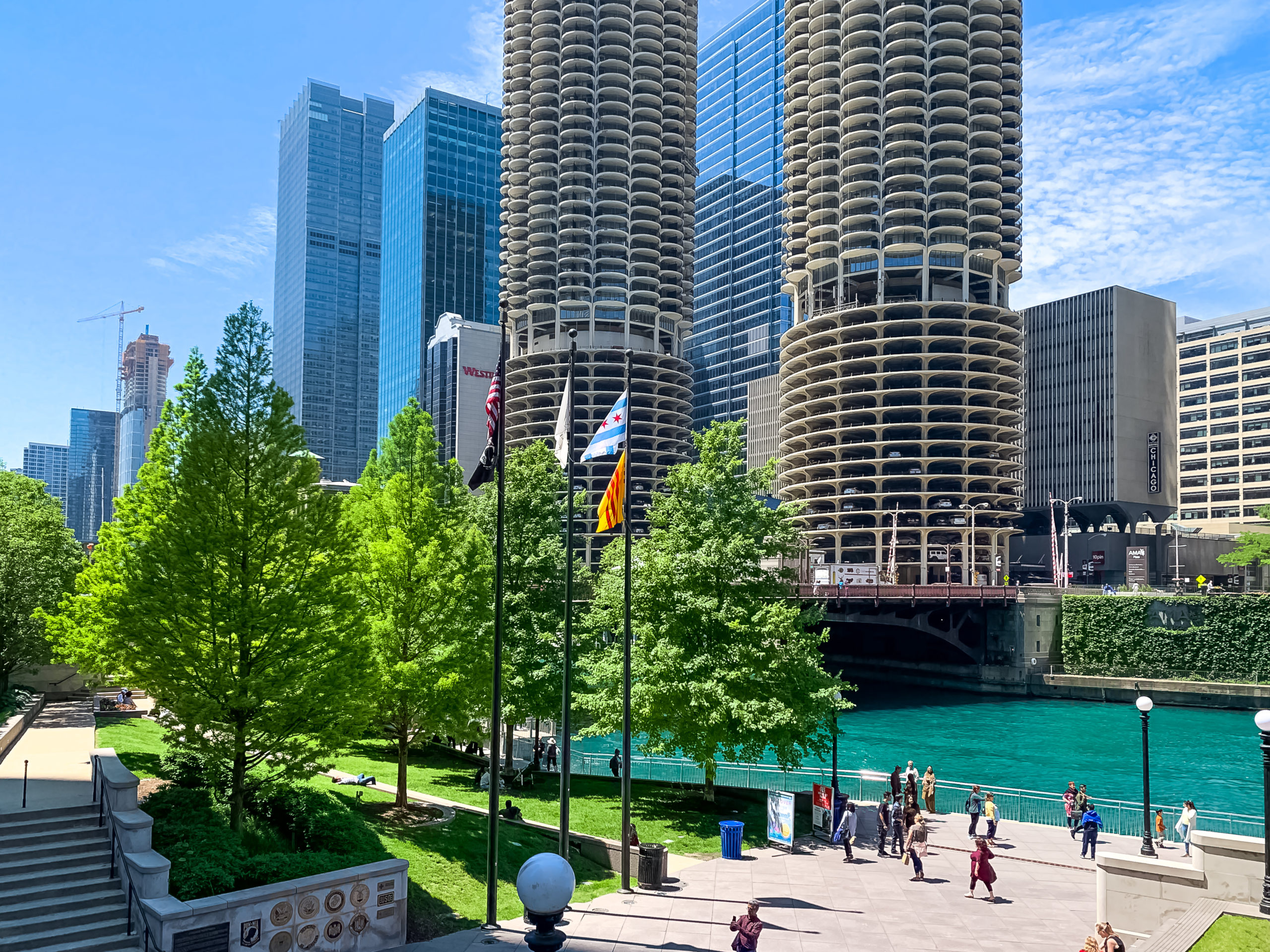Rick Bohan
Senior Vice President, Sustainability
The Roadmap to Carbon Neutrality, released by the Portland Cement Association, addresses the five links in the cement-concrete-construction value chain critical for reaching carbon neutrality. Opportunities to lower emissions at the cement plant and optimize the manufacture and use of concrete are important parts of the value chain, but there are also opportunities to reduce and remove carbon once a building is constructed or a pavement is in place.
Concrete made with cement creates long-lasting, energy efficient, and climate-adapted structures. Concrete’s thermal mass, strength, durability, and resiliency all contribute to cutting use emissions – and the use-phase of infrastructure and buildings is by far the longest in a building’s life cycle.
Additionally, through a process called carbonation, concrete naturally absorbs carbon dioxide in the air. Concrete is a porous material, like a sponge, and carbonation is a naturally occurring process where CO2 in the air reacts with the calcium hydroxide within concrete forming calcium carbonate, a naturally occurring mineral that is a common ingredient in everything from toothpaste to antacids.
In fact, for all the concrete produced in the U.S. between 1990 and 2018, more than 300 million metric tons of CO2 will be absorbed and sequestered by concrete over its service life. Concrete is actually considered a carbon sink as it permanently stores CO2 – even when it is broken up or demolished that CO2 remains permanently trapped.
Concrete complements existing carbon sinks (like forests) by not just passively absorbing CO2 but also offering a place to permanently trap captured CO2. Carbon dioxide can also be injected into fresh concrete or introduced under pressure in chambers containing concrete products as a solution for storing captured carbon.
How much CO2 is sequestered depends upon the surface area of concrete that is exposed to the atmosphere and the length of exposure. Over the course of its service life, a concrete structure can reabsorb at least 10% of the CO2 generated during the production of cement and concrete. That percentage will only increase as the industry continues to implement more sustainable manufacturing methods and materials and as we better quantify this unique process.
In addition to being a carbon sink, concrete is the foundation of sustainable cities by making buildings and roads more efficient, cutting use-related emissions.
Homes with concrete walls can use up to 15% less energy than other homes. Concrete does not rust, rot, or burn, therefore saving energy and the resources needed for regular maintenance or repairs to our buildings and infrastructure. Additionally, concrete makes urban areas cooler because its lighter color reflects more sunlight than darker materials.
The durability of pavement is extremely important to driving down emissions as well. Not only are poor roads a nuisance for drivers, but they are also bad for the environment. Fuel consumption and emissions from vehicles depend on several factors, including pavement-vehicle interaction, which put simply is the quality of the road. When the surface conditions are good, vehicles can travel with optimal fuel consumption.
The impact of rough roads has been seen across the country. For example, over a five-year period, 1 billion gallons of excess fuel was used in California due to poor pavements. Similarly, a study by the MIT Concrete Sustainability Hub found that excessive fuel consumption on 5,000 miles of Virginia interstate highways resulted in 1 million tons of carbon dioxide emissions over a seven-year period.
With the need to build sustainable infrastructure that limits use emissions, concrete is a key part of the equation. With the added benefit of its ability to sequester carbon, concrete offers a unique and versatile solution and building material.

